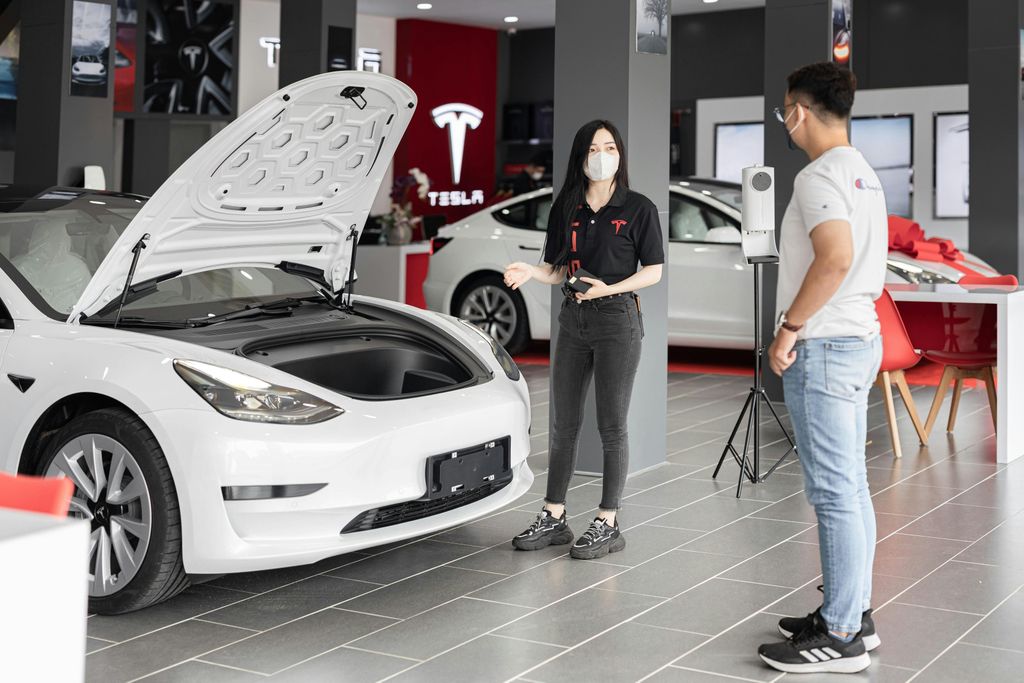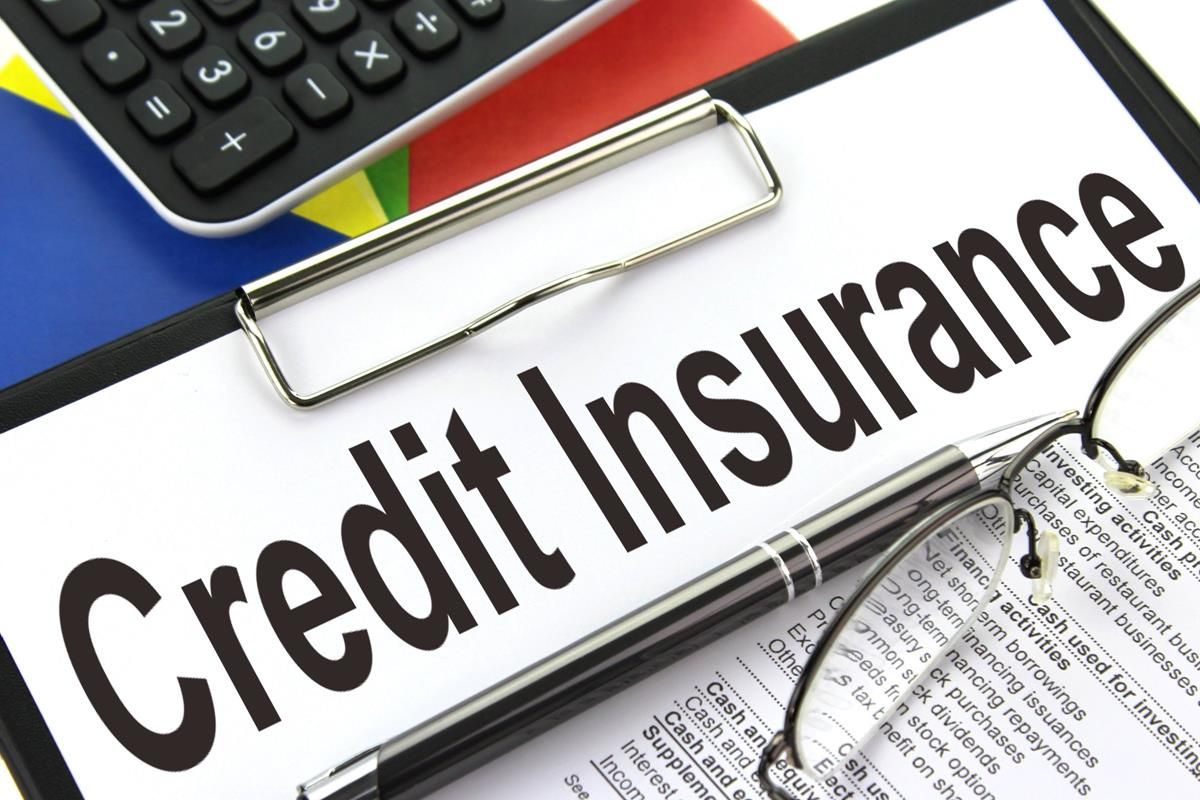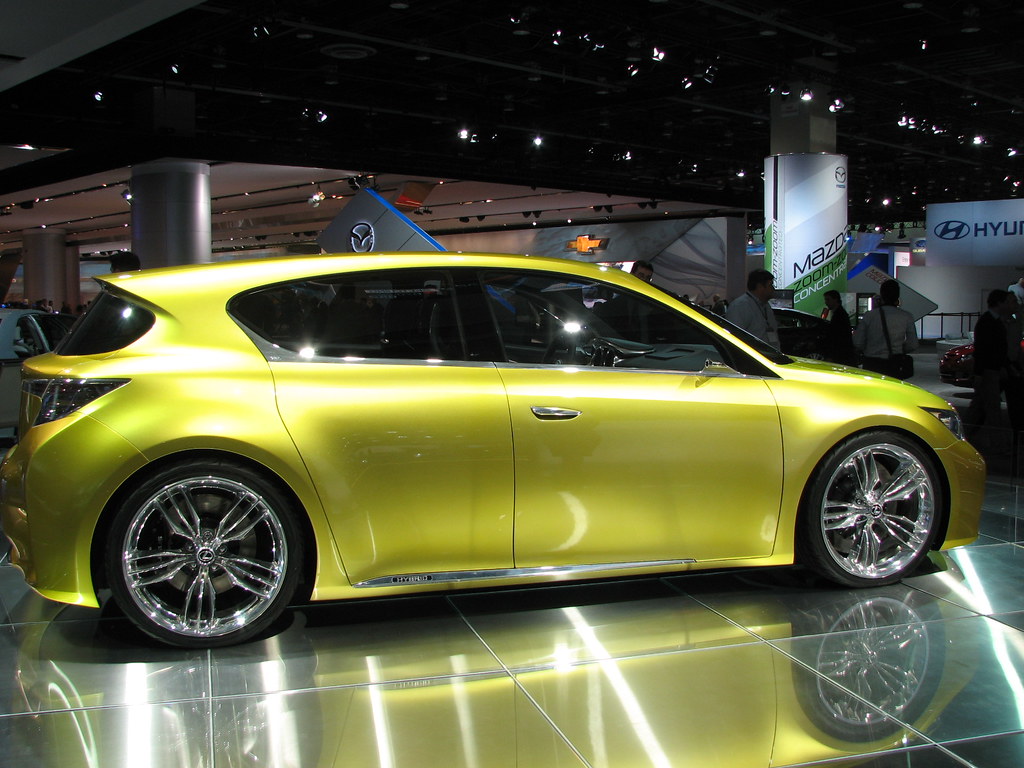
Buying a new or used car should be an exhilarating experience. You’ve likely spent hours researching, perhaps taken a few test drives, and finally found that perfect vehicle that speaks to you. The anticipation of driving it off the lot is palpable, a true milestone moment. However, for many car shoppers, this excitement can quickly turn to frustration when they encounter the dreaded “paperwork parade,” where the carefully negotiated price begins to climb, often by hundreds or even thousands of dollars, due to a myriad of unexpected fees.
This isn’t just an isolated incident; it’s a widespread phenomenon. An analysis of car sales reveals that around 7 out of 10 used-car sales involve hidden fees, amounting to approximately $11.8 billion annually on the 26 million used cars sold each year in the U.S., according to CoPilot’s review of transactions. These aren’t always legitimate costs of doing business; often, they are what CoPilot CEO Pat Ryan describes as “bait-and-switch pricing,” especially rampant in environments where dealers perceive they have more leverage. The goal of this article is to pull back the curtain on these practices, equipping you with the knowledge to distinguish between legitimate charges and those designed purely to pad the dealer’s bottom line.
We’re here to demystify the complex world of car dealer fees. CoPilot identifies three categories: legitimate fees (reasonable charges covering actual costs), excessive fees (unreasonably high or unnecessary charges), and illegitimate fees (deceptive or unlawful charges for services not clearly communicated). Our focus today is on arming you against the latter two. By understanding what these fees are, why they’re charged, and crucially, how to challenge or avoid them, you can regain control of the negotiation process and drive away with confidence, knowing you’ve secured a fair deal. Let’s break down what you’re actually paying for, starting with some of the most common culprits.

1. **Documentation Fees (Doc Fees)**Ah, the ubiquitous “doc fee.” This one sounds incredibly official, doesn’t it? It suggests a complex administrative process, mountains of paperwork, and specialized labor that justifies a significant extra charge. Yet, the reality is often quite different. While there is indeed paperwork involved in any car sale, the actual cost of processing these documents typically ranges wildly from $50 to well over $500, depending on the dealership and, notably, the state in which you are purchasing the vehicle. This vast discrepancy for what is essentially the same administrative task immediately raises eyebrows.
What you should know is that “doc fees” are largely considered a profit center for dealerships. They represent one of the primary ways dealers try to recover margins, especially if you’ve negotiated a keen price on the vehicle itself. Some states, recognizing the potential for abuse, have taken steps to cap these fees; for example, California limits them to a maximum of $85. However, in many other states, there are no such restrictions, allowing dealerships to charge hundreds, or even upwards of $1,000 in places like Florida. This inconsistency is a clear indicator that these fees are often more about dealer profit than actual cost.
To navigate this, proactive inquiry is your best strategy. Always ask about documentation fees upfront, before you even begin negotiating the vehicle’s price. If the fee seems inflated or unreasonable, you have every right to try and negotiate it down. While some dealers might be inflexible on the doc fee itself, they might be willing to reduce the selling price of the car by a corresponding amount to compensate. It’s also worth noting that while common at physical dealerships, online retailers like Vroom may also charge them, whereas others like Carvana pride themselves on not doing so, offering an alternative for comparison.
Read more about: Why Your Dream Truck Is Costing You Thousands More: An In-Depth Guide to Unmasking Hidden Dealership Fees and Markups

2. **Dealer Prep Fees / Preparation Fees**Here’s a fee that often leaves car buyers scratching their heads: the “dealer prep fee” or “preparation fee.” The car has just rolled off an assembly line, been shipped to the dealership, and now you’re expected to pay extra for them to “prepare” it for sale? What exactly does this preparation entail? Upon closer inspection, these fees typically cover incredibly basic tasks: removing protective plastic covers from seats and the exterior, a quick wash and detail, checking fluid levels, and perhaps a superficial inspection. These are, quite frankly, fundamental aspects of selling a car, not extraordinary services deserving of an additional charge.
Many industry experts and consumer advocates view these fees as redundant and, frankly, unnecessary. In many instances, especially for new cars, you’re already paying a “destination charge” (which we’ll discuss next) that covers the cost of getting the vehicle from the factory to the dealer, and implicitly, ready for display and sale. To then add another fee for basic preparation feels like double-dipping. CoPilot explicitly categorizes such charges as “fake fees” that add no value to your car and should rightfully be included in the selling price, whether the vehicle is new or used.
When faced with a dealer prep fee, don’t hesitate to challenge it. Politely question what specific services are included under this charge and ask why these aren’t considered a standard part of doing business. Many dealerships, knowing the questionable nature of this fee, will remove it if challenged. Be firm in your stance: these services are essentially part of the dealership’s operational costs, and you shouldn’t be directly billed for them. Remember, your goal is to understand and scrutinize every line item on that contract.
Read more about: Unlock Your Jewelry’s True Value: A 14-Step Lifehacker Guide to Smart Appraisals

3. **Destination Charges**Unlike many of the fees we’re discussing, the destination charge is, for the most part, a legitimate and unavoidable cost. This fee covers the expense incurred by the manufacturer to transport the car from the factory to the dealership. Someone has to pay for this logistical feat, and ultimately, that cost is passed on to the buyer. Typically, these charges can range from $900 to $1,200, and for luxury vehicles or those requiring specialized transport, they can climb significantly higher, sometimes exceeding $3,000. It’s crucial to understand that this fee is set by the manufacturer, not the dealership, and applies uniformly across all dealerships selling that particular model.
Unlike many of the fees we’re discussing, the destination charge is, for the most part, a legitimate and unavoidable cost. This fee covers the expense incurred by the manufacturer to transport the car from the factory to the dealership. Someone has to pay for this logistical feat, and ultimately, that cost is passed on to the buyer. Typically, these charges can range from $900 to $1,200, and for luxury vehicles or those requiring specialized transport, they can climb significantly higher, sometimes exceeding $3,000. It’s crucial to understand that this fee is set by the manufacturer, not the dealership, and applies uniformly across all dealerships selling that particular model.
However, while legitimate, destination charges still require your vigilance. The trick here isn’t about avoiding the fee entirely, but rather ensuring you’re not paying it more than once or being misled about its inclusion. Occasionally, dealerships might subtly list the destination charge twice on the paperwork, or present it as an additional charge even if it was already factored into the vehicle’s advertised price. This sneaky practice can easily inflate your total cost without you realizing it. Furthermore, it’s worth a ‘Nerdy Tip’ that if you’re buying a plug-in hybrid or electric vehicle, some states might impose additional EV-specific fees ranging from $50 to $225, often to offset reduced gas-tax revenues, so be aware of those too.
Since the destination charge itself is generally non-negotiable for new cars, your primary defense is diligent review. Always inquire if the advertised price of the vehicle already includes the destination charge. More importantly, scrutinize every line item on the final purchase agreement. Double-check that this fee appears only once and is consistent with typical charges for that vehicle and manufacturer. Being prepared with this knowledge means you can’t be tricked into paying a legitimate fee multiple times, ensuring transparency in your purchase.
Read more about: Guard Your Investment: 15 Worst Storage Mistakes That Could Ruin Your Classic Car Over a Decade

4. **VIN Etching**VIN etching involves permanently engraving your Vehicle Identification Number onto the windows and potentially other major parts of your car. The intention behind this service is to act as a theft deterrent: a car with etched windows is less appealing to thieves because the parts are harder to resell, and the car itself is more difficult to disguise. In principle, it’s not a bad security measure, and some insurance companies even offer discounts for vehicles that have it. The problem, as with many dealership add-ons, lies squarely in the pricing and presentation.
Dealerships typically charge a hefty sum for VIN etching, often ranging from $200 to $400. This is where the pricing reality becomes starkly apparent: you can purchase a DIY VIN etching kit online for around $25, or sometimes your insurance company might offer the service for free as part of their comprehensive coverage package. This massive disparity between the dealer’s charge and the actual cost or alternative options highlights the substantial profit margin dealers build into this particular add-on. It’s a classic example of an “almost fake” fee – an optional service that adds minimal value at the dealership’s inflated price.
My personal experience, and that of many others, includes seeing VIN etching itemized on a contract even after explicitly declining it during negotiations. This underscores the critical importance of thoroughly reviewing every single line of the final paperwork before signing. The simplest way to avoid this inflated charge is to just say no. If you genuinely want VIN etching for your vehicle, you can easily obtain it later for a fraction of the dealer’s cost, either through a DIY kit, an independent auto shop, or potentially your insurance provider. Don’t let them sneak it in, and certainly don’t pay their exorbitant price for it.
Read more about: Your Ultimate NYC Foodie Bucket List: 14 Must-Visit Restaurants That Are Absolutely Slaying the Culinary Scene!

5. **Extended Warranties**When you’re deep into the paperwork phase, often after hours of negotiation, the prospect of an extended warranty can sound incredibly appealing. The dealer’s finance manager will likely paint a picture of comprehensive coverage, peace of mind for years to come, and protection against unforeseen mechanical breakdowns. Who wouldn’t want “complete coverage for another five years”? It’s a persuasive pitch designed to make you sign on the dotted line without much thought, often under the guise of an “only-now” deal that adds just a little extra to your monthly payment.
However, what isn’t always transparently disclosed is the significant markup dealers apply to these warranties, which can easily be 100% or even more over their wholesale cost. Many extended warranties also come with surprising exclusions, deductibles, and limitations that can make them less valuable than they initially appear. The unfortunate truth is that a substantial number of car owners who purchase extended warranties never utilize them to their full value, effectively paying thousands for protection they never needed or couldn’t fully leverage due to fine print restrictions.
The critical takeaway here is that you are under no obligation to purchase an extended warranty from the dealership at the time of sale. You can typically buy the exact same warranty, often for a much lower price, directly from the vehicle manufacturer or a reputable third-party provider at a later date. Moreover, some warranties can even be canceled for a prorated refund if your circumstances change. The best strategy is to decline the immediate offer, take your time to research options, compare coverage and pricing, and make an informed decision without the high-pressure sales tactics. Getting pre-approved for financing from an outside institution can further empower you to resist these add-ons, as the dealer’s leverage is reduced.
Read more about: The Definitive Guide: Ranking the 13 Best Truck Bed Covers of 2025 for Security, Value, and Practicality

6. **Market Adjustment Fees**Few fees generate as much frustration and resentment among car buyers as the dreaded “market adjustment fee.” This charge is, quite simply, a premium a dealership adds to the manufacturer’s suggested retail price (MSRP) purely because a particular vehicle model is in high demand and they believe they can get away with it. It’s a direct consequence of supply and demand, but it feels distinctly unfair when you’re the one paying thousands extra for absolutely nothing tangible – no added features, no improved service, just the privilege of buying a popular car during a seller’s market.
These markups can be substantial, often ranging from $2,000 to an eye-watering $10,000 or more for particularly sought-after models. What makes them particularly egregious is their arbitrary nature: they are not set by the manufacturer, nor do they reflect any inherent value of the vehicle itself. They are, from start to finish, pure profit for the dealership. While a salesperson might present these fees as non-negotiable and an unavoidable reality of the current market, this is often not the case. Dealers have considerable leeway, and your willingness to walk away can be a powerful negotiating tool.
Your best defense against market adjustment fees is to be patient and resourceful. If possible, shop around at multiple dealerships, including those further afield, as demand and pricing strategies can vary by location. If the market is particularly tight, consider waiting until demand normalizes, which often sees these fees disappear. Alternatively, look for less popular colors, configurations, or trim levels that might not carry the same hefty markup. Always push back vigorously on any charges that seem unnecessary or excessively high, as Pat Ryan of CoPilot advises, reminding the dealer that you’re aware this is a negotiable profit center rather than a fixed cost.
Read more about: Unlock Savings: 12 Actionable Ways to Negotiate Your Used Work Van Price

7. **Advertising Fees**It might sound counterintuitive, but some dealerships will attempt to charge you for their own advertising costs, essentially asking you to foot the bill for their marketing efforts that convinced you to walk through their doors in the first place. This particular fee can be quite baffling, as it has absolutely nothing to do with the intrinsic value or features of the specific vehicle you are purchasing. Instead, it’s a direct pass-through of the dealership’s operational expenses, a cost that, arguably, should be absorbed as part of their business model.
These advertising fees typically range from a few hundred dollars to sometimes over a thousand, depending on the dealership and the perceived value of the vehicle. You might see it listed under various guises, such as “regional advertising fee,” and it’s often presented as a non-negotiable, mandatory charge. However, it’s crucial for consumers to understand that while manufacturers might charge dealers for regional advertising, any *additional* advertising charges tacked on by the dealership are often entirely negotiable and can be a significant profit center for them, adding unnecessary expense to your overall purchase.
The discrepancy here lies in how these fees are disclosed and presented. While some context suggests buyers are “typically required to pay” these if passed from the manufacturer, it also explicitly states that dealers “should tell you about any advertising fees beforehand.” More importantly, it highlights that if these fees “suddenly show up in your contract,” you may be “successful at challenging them.” This strongly implies that transparency is key, and an undisclosed or last-minute advertising fee can, and should, be pushed back against during your negotiation.
Therefore, when you encounter an advertising fee, politely but firmly question its inclusion. Ask for a clear explanation of what it covers and why it’s being charged as a separate line item. If the dealership insists it’s unavoidable, perhaps because it’s a legitimate pass-through from the manufacturer, then aim to offset it by negotiating a corresponding reduction in the vehicle’s selling price. Your preparedness to identify and challenge this charge can effectively negate its impact on your final cost, ensuring you aren’t paying extra for the privilege of being a customer.
Read more about: Unlock Savings: 12 Actionable Ways to Negotiate Your Used Work Van Price

8. **Loan Origination Fees**For those who choose to finance their new or used vehicle through the dealership, you might encounter an often-overlooked charge known as a “loan origination fee” or “processing charge.” This fee is, in essence, an administrative cost associated with setting up your auto loan. While it sounds legitimate on the surface, it warrants careful scrutiny, as it often represents another avenue for dealerships to increase their profit margins, even though they are already compensated through the interest rate they offer on your financing.
These fees typically range from $100 to $500 and are distinct from the interest you’ll pay over the life of the loan. The core concern here is that dealerships are frequently “double-dipping,” profiting both from the interest rate markup they apply to your financing package and from this additional origination fee. This practice can subtly inflate the true cost of your borrowing, making the actual Annual Percentage Rate (APR) higher than what might have been initially advertised or discussed, thereby eroding the value of any negotiated vehicle price. The opaque nature of these fees, often hidden in the fine print of complex loan documents presented at the very end of a long negotiation, makes them particularly insidious and easy to overlook.
It’s important to understand that legitimate financial institutions like banks and credit unions typically factor these administrative costs into the overall interest rate structure of their loans, rather than itemizing them as separate upfront fees. So, when a dealership adds an explicit “loan origination” charge, it’s often a thinly veiled attempt to generate additional profit without providing any discernible extra value to you, the consumer. This is a prime example of a charge that consumers should be empowered to challenge and, ideally, avoid entirely.
The most effective strategy to counter loan origination fees is to arrive at the dealership with pre-approved financing already secured from an external institution, such as your trusted bank or local credit union. This preparation empowers you with a solid point of comparison and significant leverage during the negotiation phase. By having an external offer in hand, you can confidently challenge the dealer’s financing terms. If the dealership genuinely wants your business, they will often be willing to match or even beat your pre-approved rate, critically, without tacking on these extra origination or processing fees. Remember, their primary goal is to close the sale, and you holding the power of choice can save you money.
Read more about: Six Critical Car Loan Terms That Financial Experts Urge You to Avoid

9. **Credit Insurance**As you delve into the final stages of purchasing your vehicle, amidst the flurry of paperwork, you might be offered – or in some less transparent cases, quietly enrolled in – various forms of credit insurance. These products are designed to cover your loan payments in specific unfortunate circumstances, such as disability, involuntary unemployment, or even death. While the concept of protecting your investment and your family from financial hardship sounds responsible and appealing, the reality of dealership-offered credit insurance often comes with significant drawbacks that outweigh its perceived benefits.
There are several common types of credit insurance, each tailored to different life events. These include credit life insurance, which pays off the loan balance if the borrower passes away; credit disability insurance, designed to cover your monthly payments if you become disabled and cannot work; and involuntary unemployment insurance, offering coverage if you unexpectedly lose your job. The primary issue with obtaining these offerings directly from dealerships lies in their exorbitant pricing. Dealers frequently mark up these policies by a staggering 100% to 300% or more compared to what you would pay for similar coverage obtained independently through your regular insurance provider or a specialized agency.
This substantial markup means you could be paying far more for coverage that you might already possess or could acquire at a fraction of the cost elsewhere. Many individuals already have existing life insurance, disability insurance, or even unemployment benefits that could provide similar financial protection. The high-pressure environment of the finance office is not the ideal place to make such a significant and potentially redundant financial decision. It’s designed to make you feel like you need this immediate protection, without giving you adequate time to compare alternatives.
Before accepting any credit insurance from a dealership, a meticulous review of your entire contract, line by line, is absolutely essential. Furthermore, it’s highly advisable to consult with your existing life or disability insurance provider to understand your current coverage. You might discover that your current policies already offer sufficient protection for these scenarios, rendering the dealership’s offering completely unnecessary and overpriced. Always ask directly and explicitly: “Is any credit insurance included in this paperwork?” If it is, and you genuinely deem this type of protection necessary after careful consideration, explore independent options before committing to the dealer’s highly inflated version.
Read more about: Navigating Financial Complexity: Essential Knowledge for Independent Truck Drivers to Guard Against Scams

10. **Gap Insurance**New cars begin to depreciate the moment they are driven off the lot, a swift financial reality that can quickly create a significant “gap” between what you owe on your auto loan and the car’s actual market value. If your vehicle is totaled in an accident or stolen and not recovered, your standard auto insurance policy will typically only pay out its current market value. This payout is often less than your outstanding loan balance, leaving you responsible for the difference – a potentially substantial financial burden on a car you no longer possess. This is precisely where Gap (Guaranteed Asset Protection) insurance comes into play, covering that financial difference and protecting you from negative equity.
While the utility of Gap insurance is undeniably valuable, particularly for certain buyer profiles who might be more susceptible to negative equity, the cost and method of acquisition are crucial considerations. Dealerships commonly offer Gap insurance as a lump-sum payment, often ranging from $600 to $1,000, which is then rolled into your total loan amount, accruing interest. However, this is rarely the most cost-effective way to secure this protection. Many major auto insurance providers offer Gap coverage as an inexpensive add-on to your regular policy, frequently costing as little as $20 to $30 per year. Additionally, credit unions often provide Gap insurance for a flat fee of $200 to $300, and it’s worth noting that some vehicle leases may even include it as a standard feature, so thoroughly checking your lease agreement is vital before purchasing it separately.
Gap insurance truly makes sense and offers tangible value in specific situations where the risk of owing more than the car is worth is high. This includes scenarios where you’ve made a very small down payment (less than 20%), if your loan term is particularly long (exceeding 60 months), if you’re purchasing a vehicle known for rapid depreciation, or if you’re rolling negative equity from a previous car loan into your new financing. In these scenarios, the potential for a significant financial “gap” is amplified, making the coverage a wise investment, but only if acquired at a reasonable price.
Before accepting the dealership’s offer for Gap insurance, always prioritize comparing prices and terms. A quick phone call to your current auto insurance provider or credit union can potentially save you hundreds of dollars over the life of the loan. This simple step can transform what a dealership presents as a high-profit add-on into a genuinely affordable and necessary layer of financial protection, ensuring you make an informed decision that truly benefits your financial well-being.
Read more about: Drivers, Beware: 6 High-Risk Used Cars You Must Think Twice About Before Buying in 2025

11. **Optional Add-Ons (Rustproofing, Fabric Protection, etc.)**The finance office is often where dealerships aim to maximize their profits through an array of “optional” add-ons and protection packages. These can include everything from paint protection and fabric guard to rustproofing, nitrogen-filled tires, and even wheel locks. The sales pitch for these items is usually compelling, emphasizing long-term durability, aesthetic preservation, and enhanced safety, all for what might seem like “just a few hundred dollars more” added to your monthly payment. These are often presented as essential for maintaining your vehicle’s condition and resale value.
However, a closer look at these add-ons reveals that many are either largely unnecessary for modern vehicles or dramatically overpriced compared to what you’d pay for the same service elsewhere. For instance, a paint protection package offered by a dealer for $300 to $800 can often be obtained from a reputable independent detail shop for a fraction of that cost, typically $50 to $150. Similarly, fabric protection might cost $200 to $400 at the dealership, but a simple can of Scotchgard from a retail store costs about $10 and can achieve similar results. Most new cars today come with excellent factory paint and rust protection, making dealer-offered rustproofing (often priced at $400 to $1200) redundant and an unnecessary expense in many cases, as the manufacturer’s warranty already covers these issues.
Even seemingly beneficial items like nitrogen tire fills are subject to significant markups. While a tire shop might charge $5 to $10 per tire, or even offer it for free, a dealership might charge $100 to $200 for the same service, with minimal real-world benefits over properly inflated regular air. Wheel locks, another common add-on, can be purchased from an auto parts store for $20 to $40, yet dealerships often charge $80 to $150. These examples clearly illustrate the substantial profit margins dealers build into these seemingly minor additions, preying on a buyer’s fatigue and desire to complete the transaction swiftly.
The best strategy for confronting these optional add-ons is typically a polite but firm “no.” Understand that you are under no obligation to purchase any of these extras to complete your vehicle purchase, and declining them will not jeopardize your deal on the car itself. If you genuinely desire any of these services, take the time to research independent auto shops, detailers, or specialty retailers in your area. You will almost certainly find higher quality service and significantly lower prices. By declining these inflated dealer offerings, you maintain control over your budget and ensure you’re only paying for services that genuinely provide value, at a fair market price. Remember, the goal is to drive away with a great car, not a collection of overpriced, unnecessary extras.
Navigating the car-buying landscape doesn’t have to be a bewildering journey fraught with unexpected financial detours. With the knowledge you’ve gained about these common hidden fees and optional add-ons, you are now equipped to approach the dealership with confidence and a clear strategy. The key isn’t to view every fee as a scam, but rather to understand its purpose, question its necessity, and be prepared to negotiate or decline when appropriate. Always request an itemized breakdown of all charges, ask direct questions about what each fee covers, and never hesitate to walk away if a deal feels anything less than transparent or fair. Focus on the total “out-the-door” price, not just the monthly payment, and take your time throughout the process. By being prepared, empowered, and persistent, you can steer clear of unnecessary charges and ensure your next car purchase truly is an exhilarating experience, free from hidden surprises.


